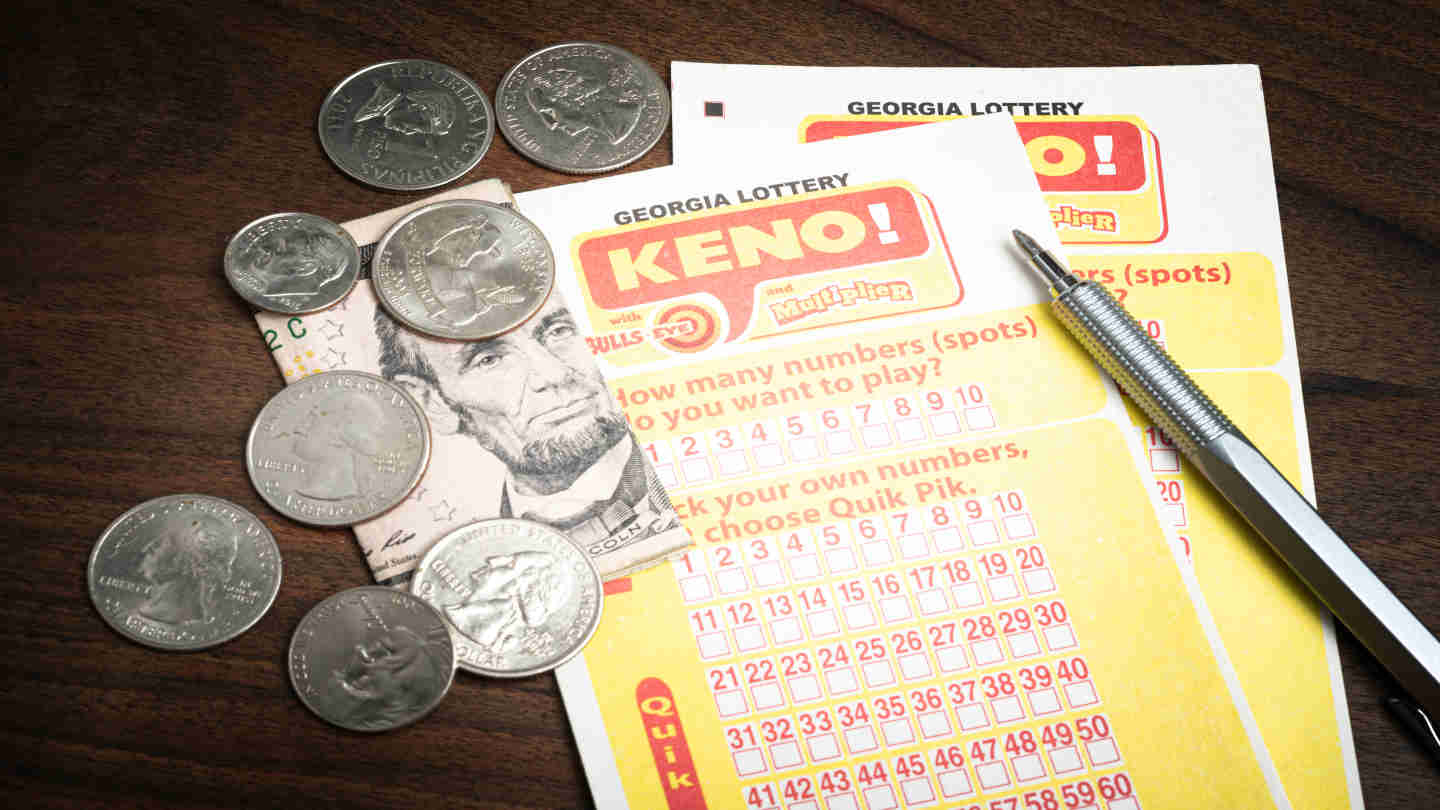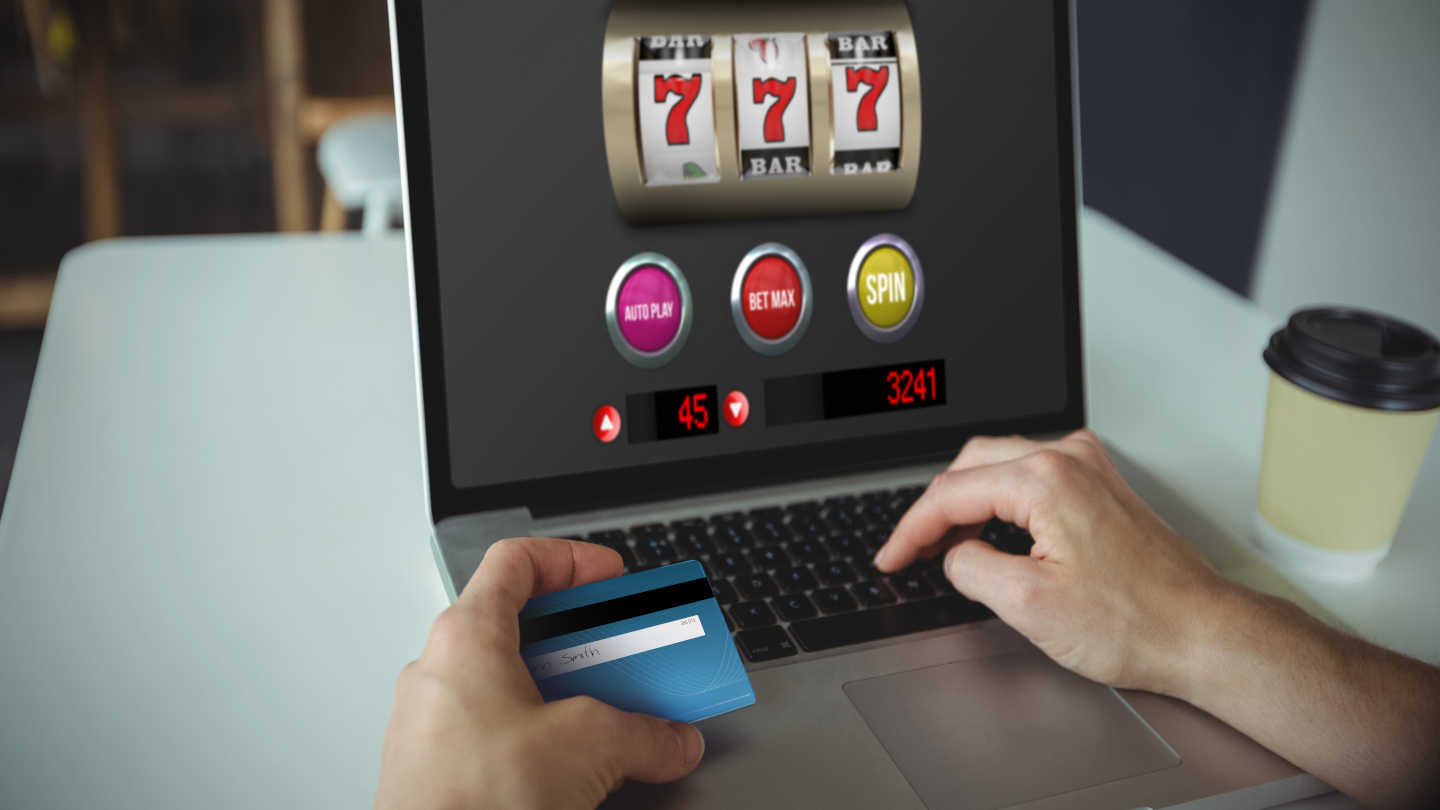The History of Keno: When & Where Was It Invented?

1 minute
Last Updated: February 21, 2024
Keno is a French word that means “five winning numbers” but its roots are believed to be from China. The game is said to have originated from a Chinese children's rhyming poem. The poem was used to help children learn to read, and it had over a thousand characters. Therefore, the reader did not have to repeat any characters while reading. Most enthusiasts want to know, “When was Keno invented?” Because this is mostly a great source of dispute. It is hard to pinpoint exactly when Keno was invented because much of its history was not documented before 1847.
Keno was brought to North America by Chinese migrant workers around 1850. As they worked to lay tracks around the country, so did the game spread in the same way. During its initial introduction to the US, Keno was illegal, but this did not affect its popularity. The popularity of the game further increased when Chinese characters were replaced with numbers, and the total number used was cut short from 120 to 80.
When gambling became legal in Nevada, Keno found its way there, and Warren Nelson is credited with being the first to start a Keno game at the Palace Club in 1936. Nevada was the place that brought a lot of sweeping changes to the game. Although gambling was legal in Nevada, lotteries were still illegal, so the name was changed to “Horse Race Keno.” This allowed operators to bypass the regulations. The limits of the jackpot were set to $25,000 in 1963 but were later raised to $50,000 in 1979. In 1989, the limits on the jackpots were removed, and this allowed players to win unlimited amounts of money for their predictions. Want to know who we have to thank for Keno? The Chinese!















